What are the 7 Wonders Of The Ancient World?
The ancient world was full of awe-inspiring wonders: the Hanging Gardens of Babylon, the Great Pyramid of Giza, and the Statue of Zeus at Olympia are just a few of the Seven Ancient Wonders of the World. These ancient structures were the most incredible buildings of their time, and they inspired wonder, awe and travel for centuries. But as empires toppled, many of these wonders crumbled. Today, only six remain. If you have ever wondered what happened to the ancient world’s lost wonders, here are the stories behind each one.
A wonder is a type of structure or object that is so extraordinary. It is considered a work of divine construction and/or an important landmark of civilization. The term “wonder” is used quite loosely in popular culture to refer to anything particularly amazing or astonishing, and in modern English can be synonymous with the terms “miracle” or “marvel”. However, its use is often associated with monuments and other remarkable structures due to their size, age, architecture, or historical significance.
7 Wonders Of The Ancient World
The 7 wonders of the ancient world, were architectural and artistic masterpieces celebrated by all ancient civilizations.
Great Pyramid of Giza
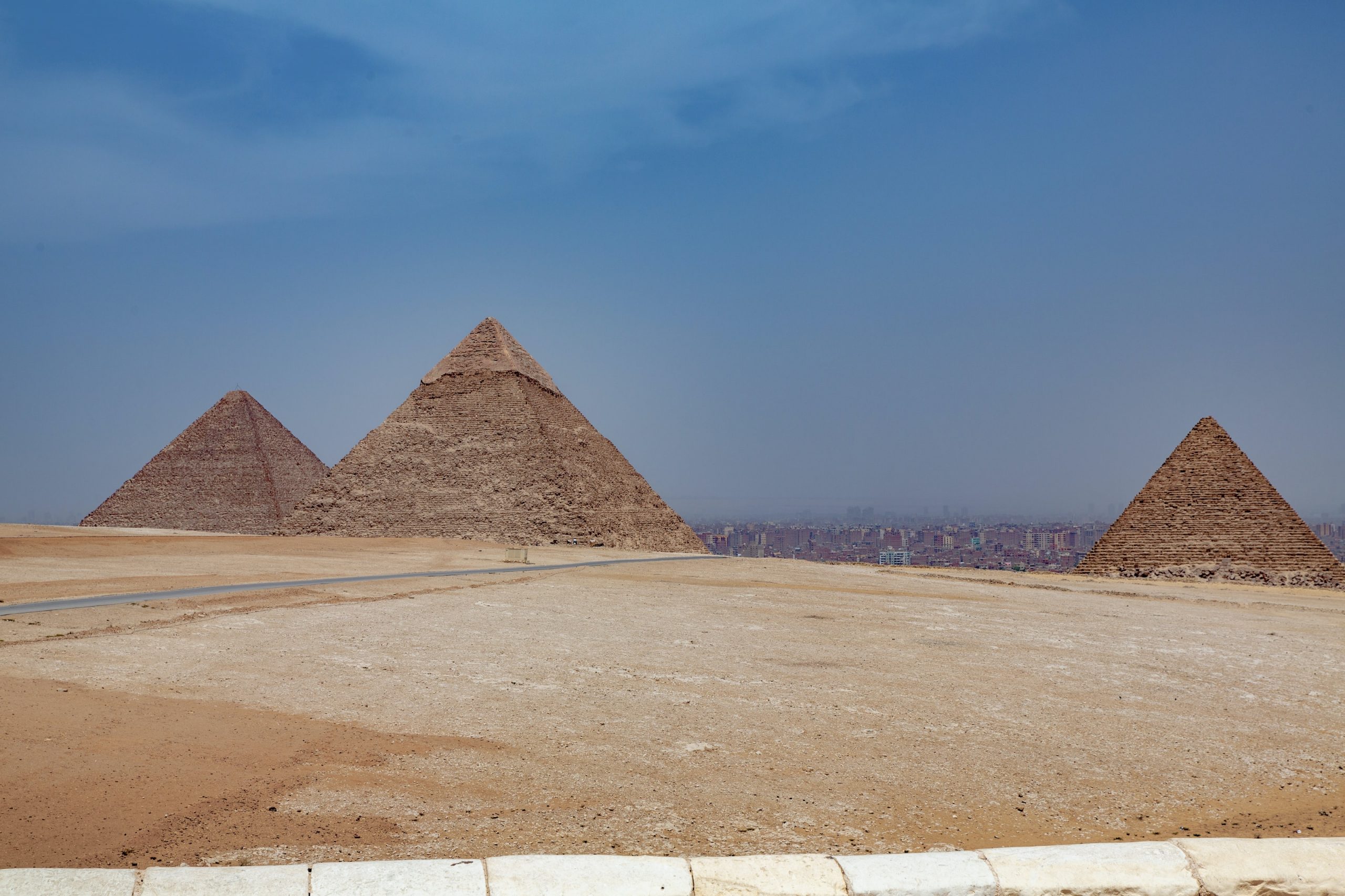
The Great Pyramid of Giza is the oldest of the three pyramids located at the Giza pyramid complex. It is the largest of the three, and the only one of the Seven Wonders of the Ancient World that survives. The Great Pyramid was built during the 4th dynasty as a tomb for Fourth dynasty Egyptian Pharaoh Khufu (Cheops in Greek). The base is covered in a casing of limestone that is polished to a reflective surface. The Great Pyramid is considered an architectural marvel. The pyramid site is located in the “centre” of the Giza necropolis complex. The complex itself sits west of the Nile on the west bank of the Nile River.
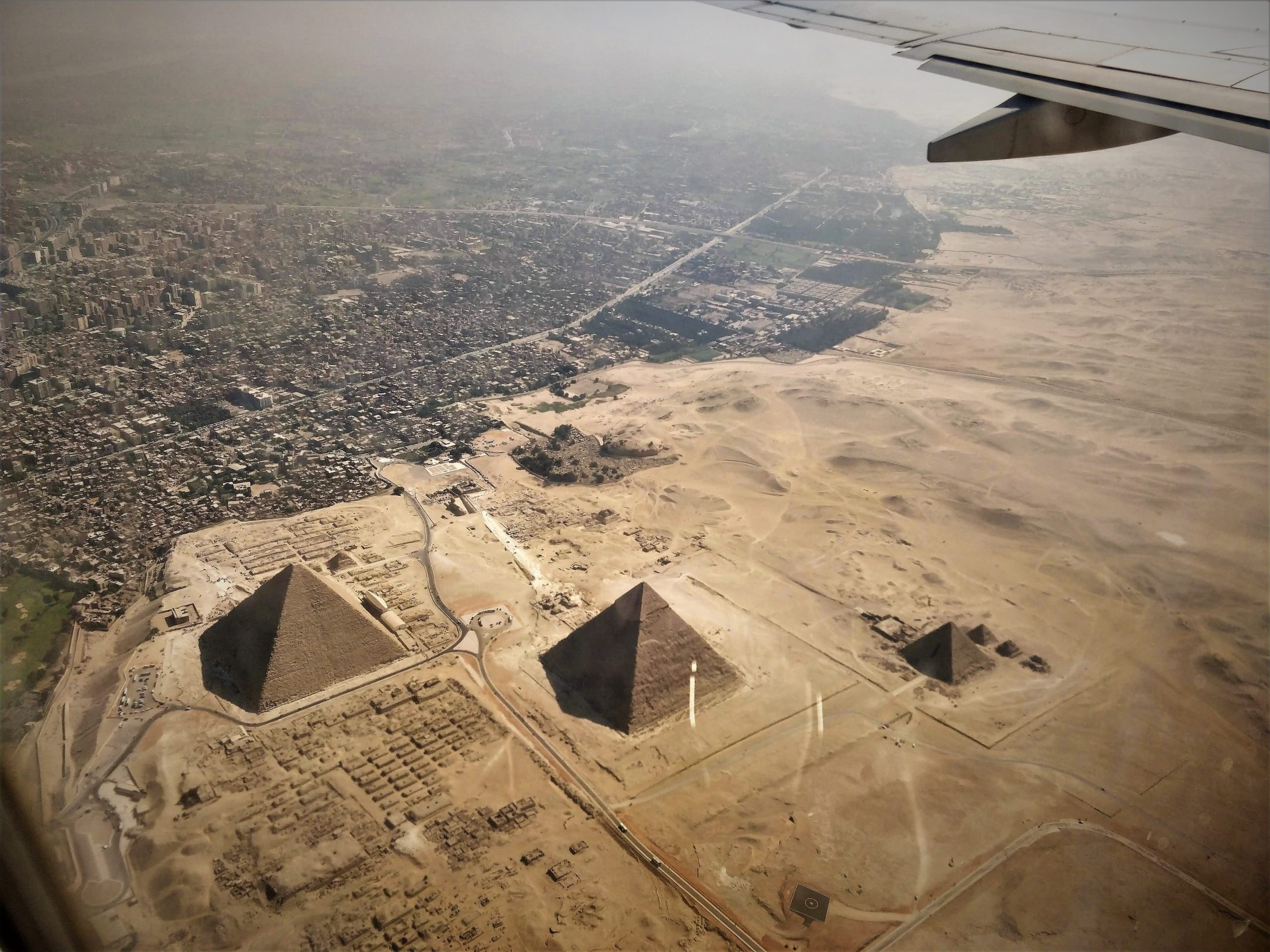
It was constructed approximately 4,500 years ago. The Great Pyramid was the tallest structure made by man in the world for over 3,800 years. It remained the tallest man-made structure on Earth’s surface until the Eiffel Tower was completed in 1889.
Hanging Gardens of Babylon
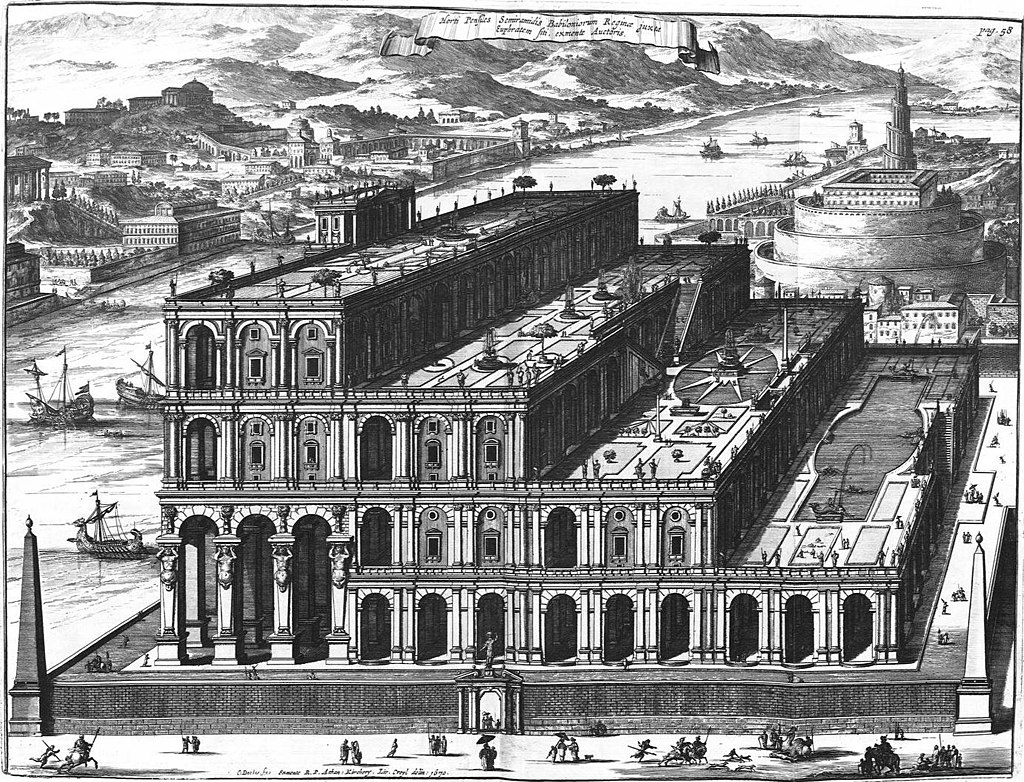
The Hanging Gardens of Babylon were built in the centre of Babylon’s ancient city in the year 572 BC and were one of the Seven Wonders of the Ancient World. They were built by King Nebuchadnezzar II of the Neo-Babylonian Empire. His purpose was to enhance the surrounding area and provide shade and a place to keep cool in the hot summer months for the city’s inhabitants, including the royal family and the temple priests.
These beautiful gardens were built in the ancient times, by King Nebuchadnezzar II, king of Babylonia. The gardens were built in modern-day Iraq, which is in the Middle East. The Hanging Gardens of Babylon were built during King Nebuchadnezzar II’s reign, who reigned for 46 years between 605 and 562 BC. The Hanging Gardens of Babylon were constructed on top of the royal palace on an artificial mountain with terraces to create a cascading water system. The terraces were covered with a roof supported by columns.
Temple of Artemis at Ephesus
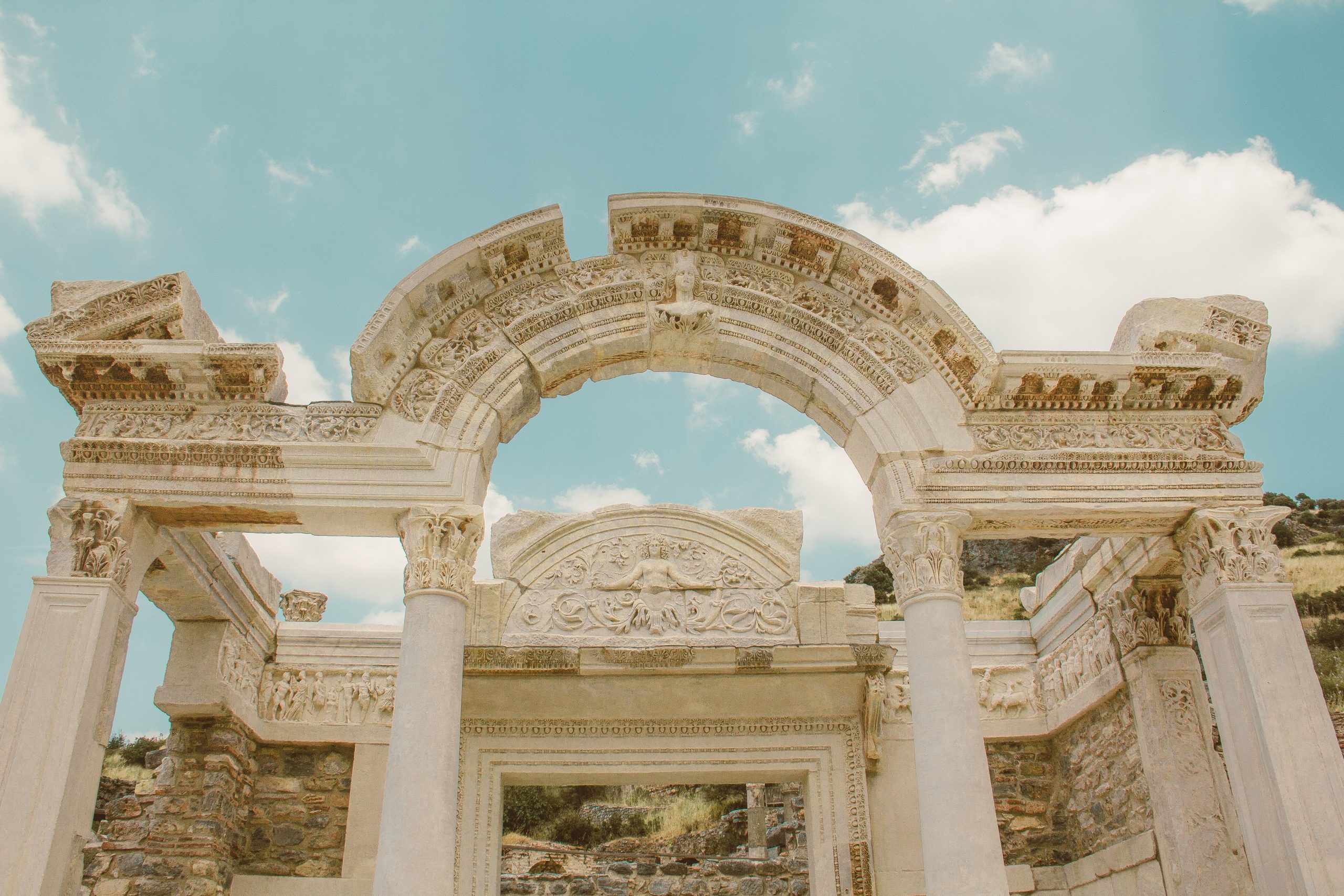
The Temple of Artemis at Ephesus is one of the 7 Wonders of the Ancient World and is a major archaeological site in present-day Selçuk, Turkey. The temple was built in honour of a city goddess, Artemis. It was exceptionally large, around 127 m (417 ft) long and stood on a marble platform measuring about 70 m × 80 m (230 ft × 262 ft).
The temple had a large central room, called the cella, which was surrounded by columns. The temple was built between 550 and 300 BCE but was destroyed in 401 CE. Although it took over 2,000 years for all of the temple’s pieces to be found, and are now proudly displayed at the British Museum in London.
Statue of Zeus at Olympia
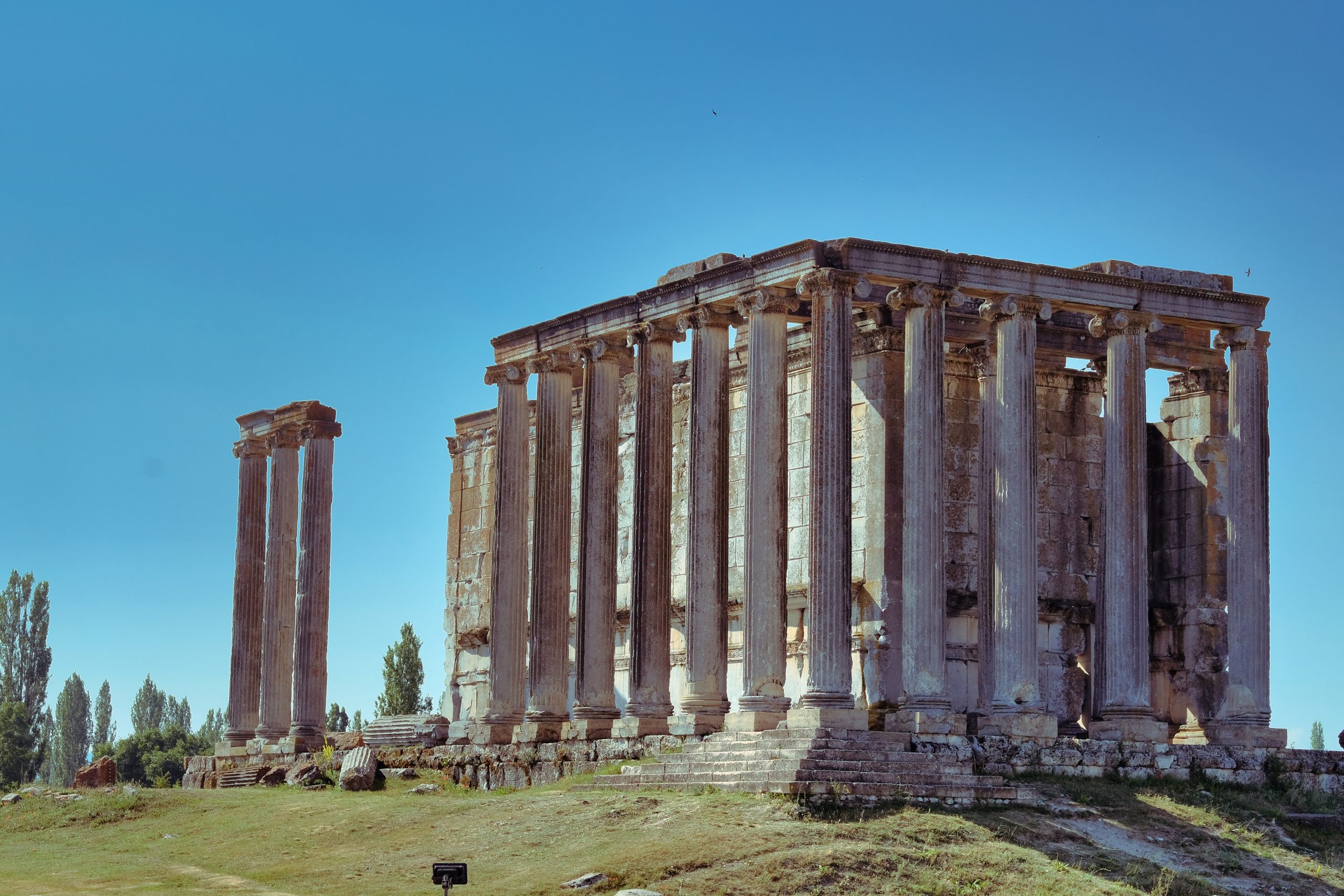
The Statue of Zeus at Olympia is a gigantic chryselephantine statue of the Greek god Zeus, created by the sculptor Phidias around 435 BC. It was made to decorate the Temple of Zeus at Olympia, in what is now Western Greece, but is now lost.
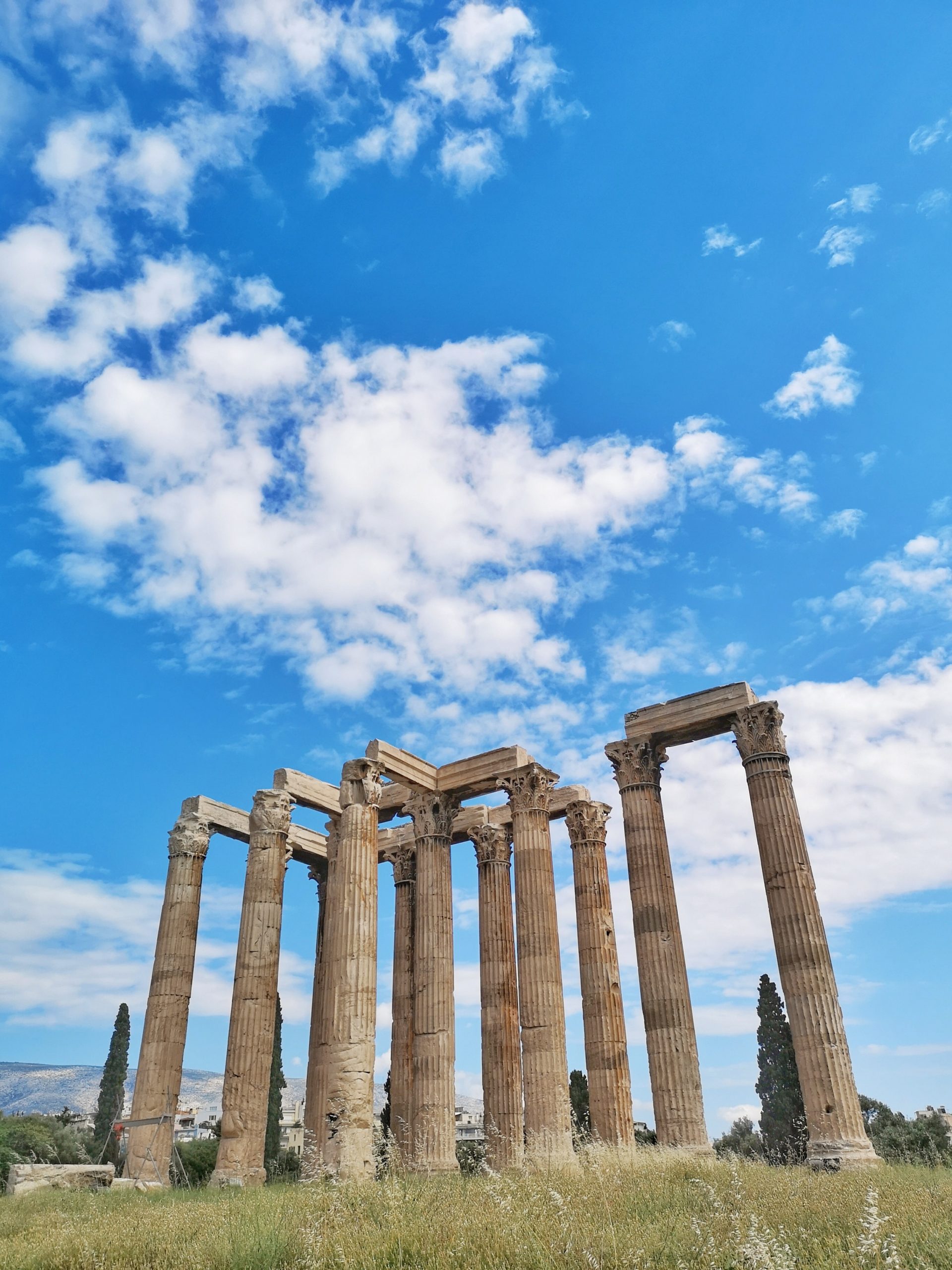
Zeus’ statue at Olympia was the largest in Ancient Greece. Its height was 35 feet, and it was made out of ivory and gold. The sculptor was Phidias, and the construction lasted about 12 years. When the statue was finished, it had an ivory face, hands, arms and legs, and a body made of gold. The statue’s clothes were made out of gold, silver, bronze and precious stones. It was dressed in a heavy cloak, the “peplos, ” embroidered with scenes depicting the battle between the gods and the Titans.
The statue was named one of the 7 Wonders of the Ancient World by the 1st-century A.D. traveller Pausanias.
Mausoleum at Halicarnassus
The Mausoleum at Halicarnassus or Tomb of Mausolus beautiful structure was designed by the Greek architects Satyros and Pythius of Priene and constructed by the construction firm Hegesiboulos and paid for by Mausolus.
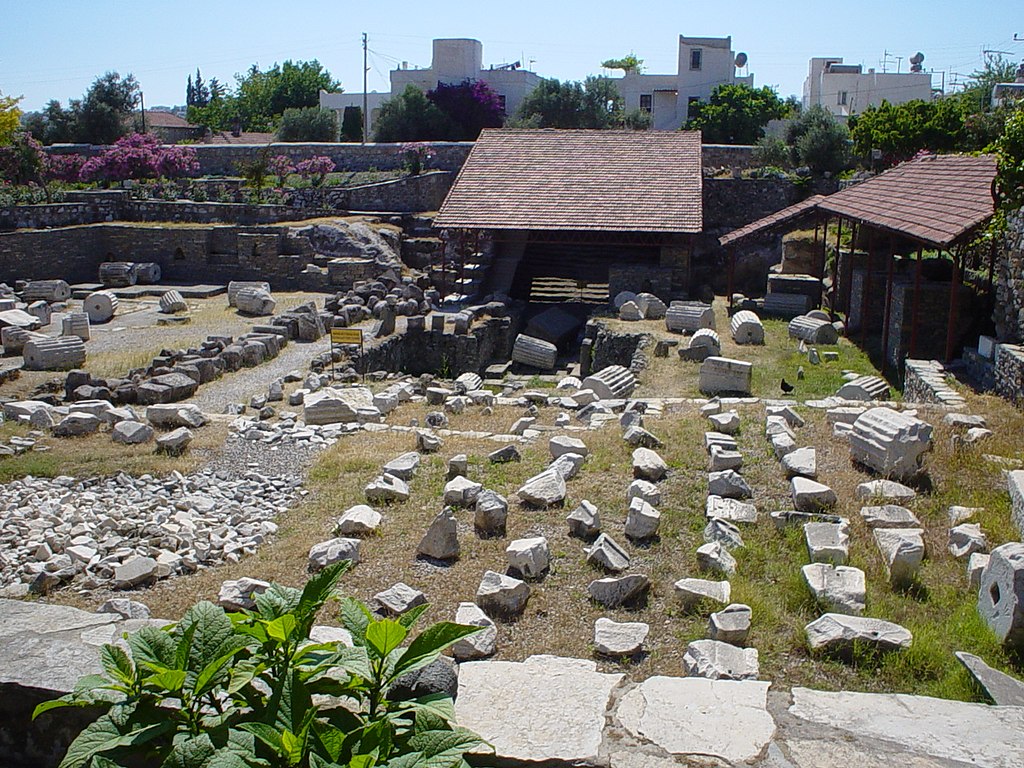
In the 4th century B.C. the Mausoleum at Halicarnassus was the largest building in the world. It was a tomb built for King Mausolus, a ruler of Caria, a western Anatolia region in what is now Turkey. Although the Mausoleum no longer stands, the original inscription can be read on its walls. The Mausoleum was one of the 7 Wonders of the Ancient World.
The Mausoleum was completed in 353 B.C. (about the time of the death of Greek philosopher Aristotle). The structure was approximately 45 feet (13.7 m) in height and 138 feet (42.1 m) in length.
Colossus of Rhodes
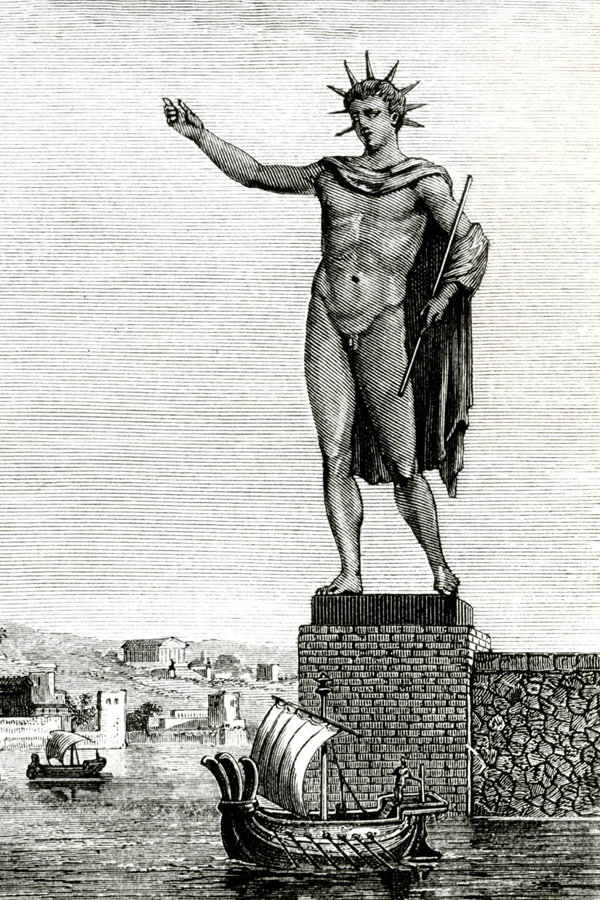
Rising over 100 feet high, the Colossus of Rhodes was one of the Seven Wonders of the Ancient World. The Greek sun-god Helios’ bronze statue stood to watch over Rhodes’ Hellenic island for a brief period. Built-in 280 B.C., it was one of the tallest statues ever built, and the only one of the Seven Wonders that no longer exists.
Lighthouse of Alexandria
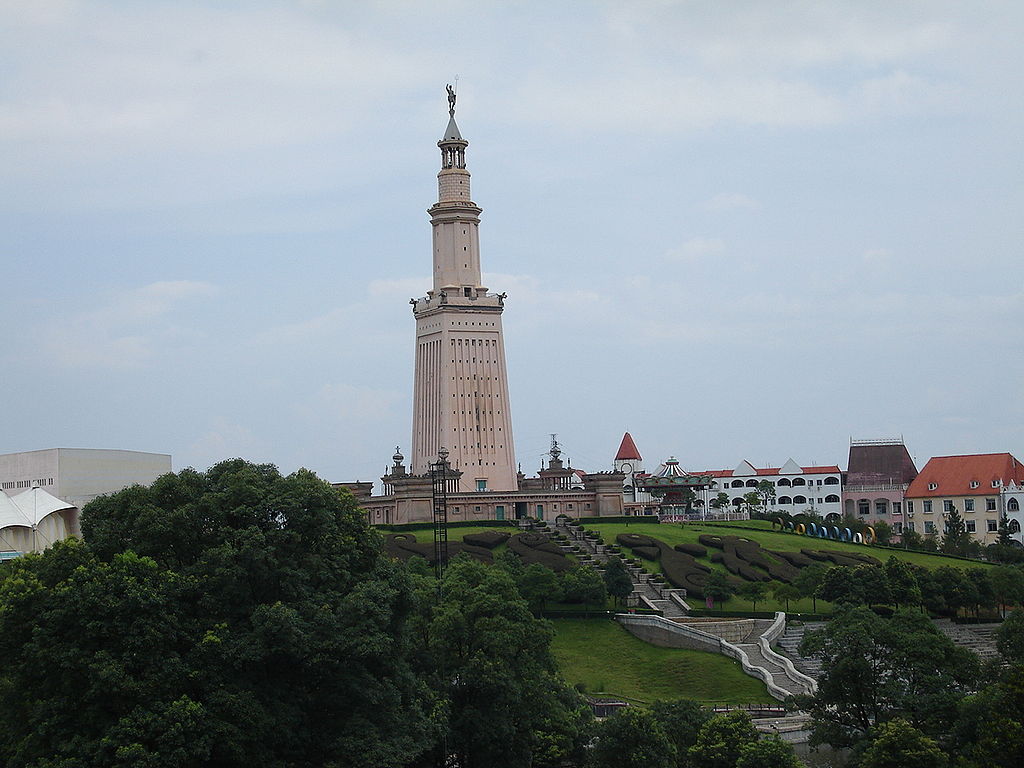
The Lighthouse of Alexandria, also known as the Pharos of Alexandria, was a tower built between 280 and 247 B.C. near the port of Alexandria, Egypt, which became one of the Seven Wonders of the Ancient World. At first, a light was shone from the top of the tower by a fire, but a mirror was installed in the 14th century. Fresnel’s 1842 lighthouse design used mirrors to reflect the light from the flame of oil burning in a giant lens at the top of the tower. The Lighthouse of Alexandria served as an inspiration for other lighthouses worldwide, including the famous Statue of Liberty in New York.
In 331 B.C. Alexander the Great commissioned the building of a lighthouse in Alexandria, Egypt. It was designed by Sostratus of Cnidus and stood 145 feet high. It is sometimes called the Pharos of Alexandria and considered one of the Seven Wonders of the Ancient World. It was destroyed in 642 A.D.
If you have enjoyed reading about the 7 Wonders Of The Ancient World then you will also like our post on The Seven wonders of the world.
If you have not done so already please follow us on Facebook.